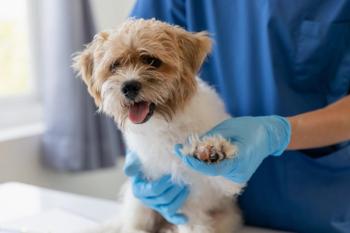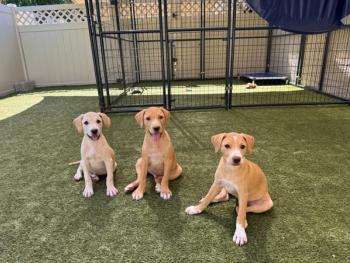
USDA identifies emergency heat stress areas throughout the central United States
Cattle, livestock at high risk for stress as heat indices reach dangerous levels.
The United States Department of Agriculture (USDA) heat stress forecasts has identified emergency heat levels for much of the central United States. Heat indexes will reach levels considered dangerous for cattle and other livestock. Cattle owners should be encouraged to monitor animals for signs of heat stress.
According the USDA, early signs of heat stress include elevated breathing rates, restlessness and increased time standing. Stress progresses presenting slight drooling and animals may begin to group together--most will stand and act restless. If heat stress is not addressed, breathing rates will elevate and drooling or foaming at the mouth will become excessive. Open-mouth breathing may commence--some with tongue protruding. An elevated breathing rate will continue to increase accompanied by pushing from flanks. Eventually, breathing becomes labored and the respiration rate may decrease. Cattle will hold their heads down and drooling may cease. Individual animals may become isolated from the herd.
The USDA Agricultural Research Service says breathing rate is an important behavior to monitor in cattle during hot weather and is a good indicator of heat stress that’s easily observable without special equipment or the need to handle animals. Based on an equation developed by researchers at the U.S. Meat Animal Research Center, fewer than 90 breaths per minute is normal. From 90 to 110 breaths per minute should alert observers to stress, and an increase from 110 to 130 breaths per minute puts cattle in danger. Cattle with more than 130 breaths per minute should be considered in emergency heat stress.
The USDA recommends that animals not be moved during an extreme heat event, herds be monitored for heat stress, and animals or the ground be wet down periodically--ground temperatures in a feedlot are typically 20 to 50 degrees warmer than air temperatures. During an extreme heat event, the surface of a feedlot can exceed 150 degrees.
For more information on heat stress, go to
Newsletter
From exam room tips to practice management insights, get trusted veterinary news delivered straight to your inbox—subscribe to dvm360.






